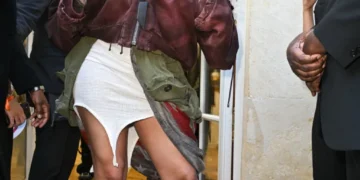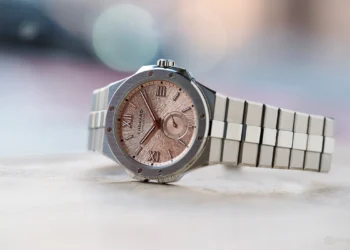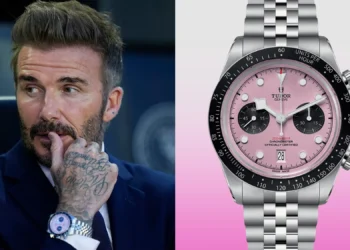 In recent years, the fashion industry has found itself at a crossroads. Once synonymous with fast consumption and fleeting trends, it is now being forced to confront the environmental damage left in its wake. From excessive water usage to the millions of tons of clothing discarded each year, the fashion world’s impact on the planet is undeniable. However, a new wave of designers, brands, and consumers are rising to the challenge, demanding sustainable, eco-friendly practices that promise to reshape the future of fashion.
In recent years, the fashion industry has found itself at a crossroads. Once synonymous with fast consumption and fleeting trends, it is now being forced to confront the environmental damage left in its wake. From excessive water usage to the millions of tons of clothing discarded each year, the fashion world’s impact on the planet is undeniable. However, a new wave of designers, brands, and consumers are rising to the challenge, demanding sustainable, eco-friendly practices that promise to reshape the future of fashion.
The Cost of Fast Fashion
 The concept of fast fashion—rapid production at low costs, resulting in quick turnover of trends—has been a driving force in the industry for decades. While this model made fashion more accessible to the masses, it also led to dire environmental consequences. Textile production is responsible for approximately 10% of global carbon emissions and remains the second-largest consumer of the world’s water supply. Additionally, the vast majority of clothing—around 85%—ends up in landfills, where synthetic fibers can take centuries to decompose.
The concept of fast fashion—rapid production at low costs, resulting in quick turnover of trends—has been a driving force in the industry for decades. While this model made fashion more accessible to the masses, it also led to dire environmental consequences. Textile production is responsible for approximately 10% of global carbon emissions and remains the second-largest consumer of the world’s water supply. Additionally, the vast majority of clothing—around 85%—ends up in landfills, where synthetic fibers can take centuries to decompose.
Consumers, however, are becoming increasingly aware of this impact. The demand for sustainability is no longer a niche interest; it’s a global movement. Shoppers want more than just trendy clothing—they want to know that the brands they support are making efforts to protect the environment.
Leading the Change: Sustainable Fashion Brands
Many brands, both new and established, are now leading the charge towards sustainability. These companies have built their identities around eco-friendly practices, from using organic and recycled materials to ensuring ethical labor standards and minimizing waste. Let’s take a look at some of the trailblazers in this space.
1. Stella McCartney: The Pioneer of Ethical Luxury

- British designer Stella McCartney has long been an advocate for sustainability in fashion. Her brand is known for its use of organic cotton, recycled fabrics, and vegan leather, all while maintaining its status as a luxury label. McCartney’s commitment to the environment goes beyond materials; her stores are designed with sustainable elements, and she’s an outspoken critic of waste in fashion.
2. Patagonia: A Brand with a Purpose
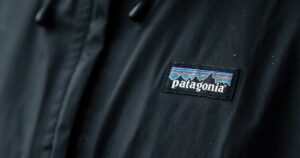
- Although primarily known for outdoor wear, Patagonia has become a beacon of sustainability for the fashion world. The company has a longstanding commitment to using recycled materials and reducing environmental impact through its “Worn Wear” initiative, which encourages customers to repair and reuse their gear rather than buying new. Patagonia’s dedication to transparency and activism has made it a favorite among environmentally conscious consumers.
3. Reformation: Style Meets Sustainability

Reformation is an LA-based brand that has managed to merge sustainability with trendsetting style. The company’s ethos centers on using eco-friendly materials, reducing water waste, and ensuring that its carbon footprint is as low as possible. Each product comes with a “RefScale” that shows customers the environmental impact of their purchase in terms of water, carbon dioxide, and waste savings.
4. Allbirds: From Sneakers to Sustainability Icon

- Allbirds, originally known for its sustainable sneakers, has expanded its product line while maintaining its commitment to the environment. The brand uses natural materials like merino wool and sugarcane in its shoes and has pledged to reach carbon neutrality across its supply chain.
Innovations Driving Eco-Friendly Fashion
Sustainable fashion isn’t just about using organic cotton or recycled materials; it’s about innovation. New technologies and methods are helping brands minimize their environmental impact while maintaining style and functionality.
1. Circular Fashion: Closing the Loop
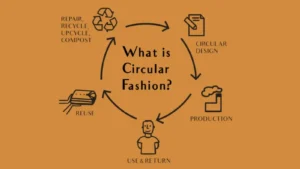
- The idea behind circular fashion is to create garments that are part of a closed-loop system, meaning that they can be fully recycled or biodegraded at the end of their life. This eliminates waste and reduces the need for new raw materials. Brands like H&M and Levi’s have embraced circular fashion by creating collections made from recycled fabrics and offering recycling programs where customers can return old clothes to be reused or repurposed.
2. Plant-Based Materials: Moving Beyond Cotton
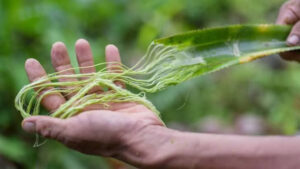
- Beyond traditional materials like organic cotton, designers are exploring plant-based fabrics as sustainable alternatives. Brands are now creating textiles from innovative sources like banana fibers, mushroom leather, and algae-based fabrics. These materials offer biodegradable solutions that can help reduce the reliance on synthetic fibers.
3. On-Demand Production: Reducing Waste
- On-demand fashion is another exciting development in the pursuit of sustainability. By producing garments only when an order is placed, brands can significantly cut down on excess stock and waste. Companies like Unspun, which uses 3D body-scanning technology to create custom-made jeans, are paving the way for a future where production matches demand, eliminating the overproduction issues associated with fast fashion.
The Role of Consumers in Sustainable Fashion
As much as brands are working to become more sustainable, consumers play a vital role in driving change. In an era where information is more accessible than ever, shoppers can make informed choices about the products they purchase and the companies they support. By prioritizing quality over quantity, choosing second-hand or upcycled clothing, and supporting brands that embrace eco-friendly practices, consumers can help reduce fashion’s environmental impact.
Additionally, the rise of clothing rental services like Rent the Runway and peer-to-peer resale platforms such as Depop and Poshmark offers a sustainable solution for those who still crave variety in their wardrobe. These platforms encourage the idea of sharing and reusing clothes rather than discarding them after one wear.
The Future of Fashion is Sustainable
The path toward sustainability in fashion is not without its challenges, but it’s clear that a shift is underway. Brands that prioritize eco-friendly practices are gaining loyal followings, and consumers are becoming more thoughtful about their purchasing decisions. The future of fashion lies in a model that embraces circularity, minimizes waste, and reduces its impact on the environment.
As more companies take on the responsibility of protecting the planet, sustainability will no longer be a trend but a fundamental aspect of how fashion operates. And in this future, style and sustainability will go hand in hand, allowing consumers to look good and feel good about their choices.
In the world of fashion, the most stylish thing we can wear is our commitment to a better planet.









